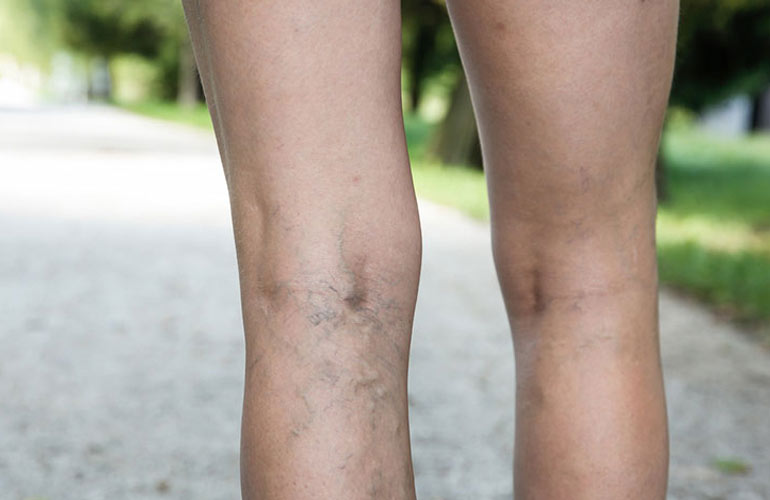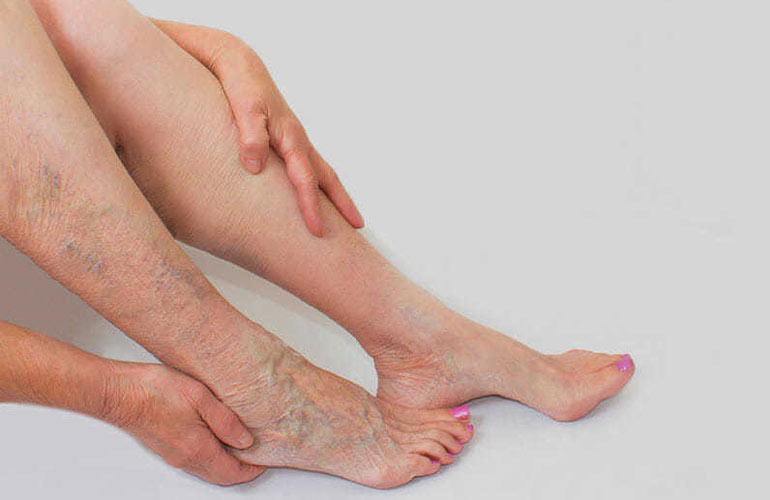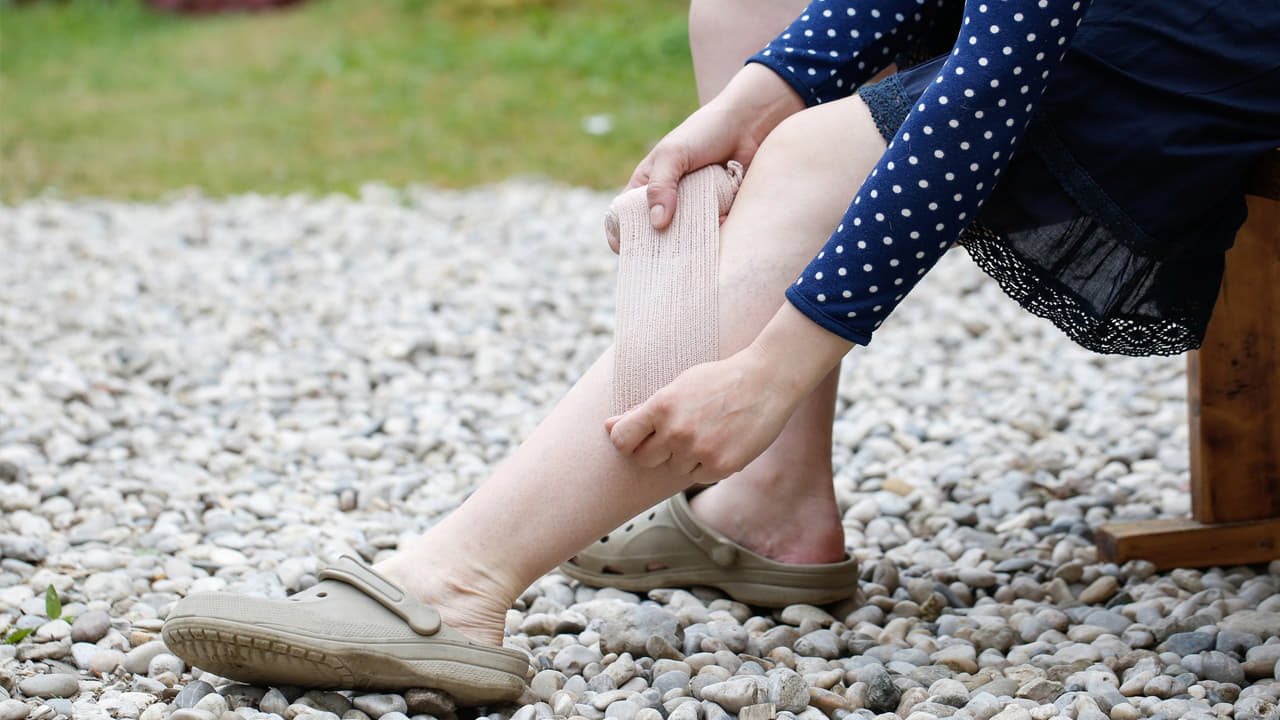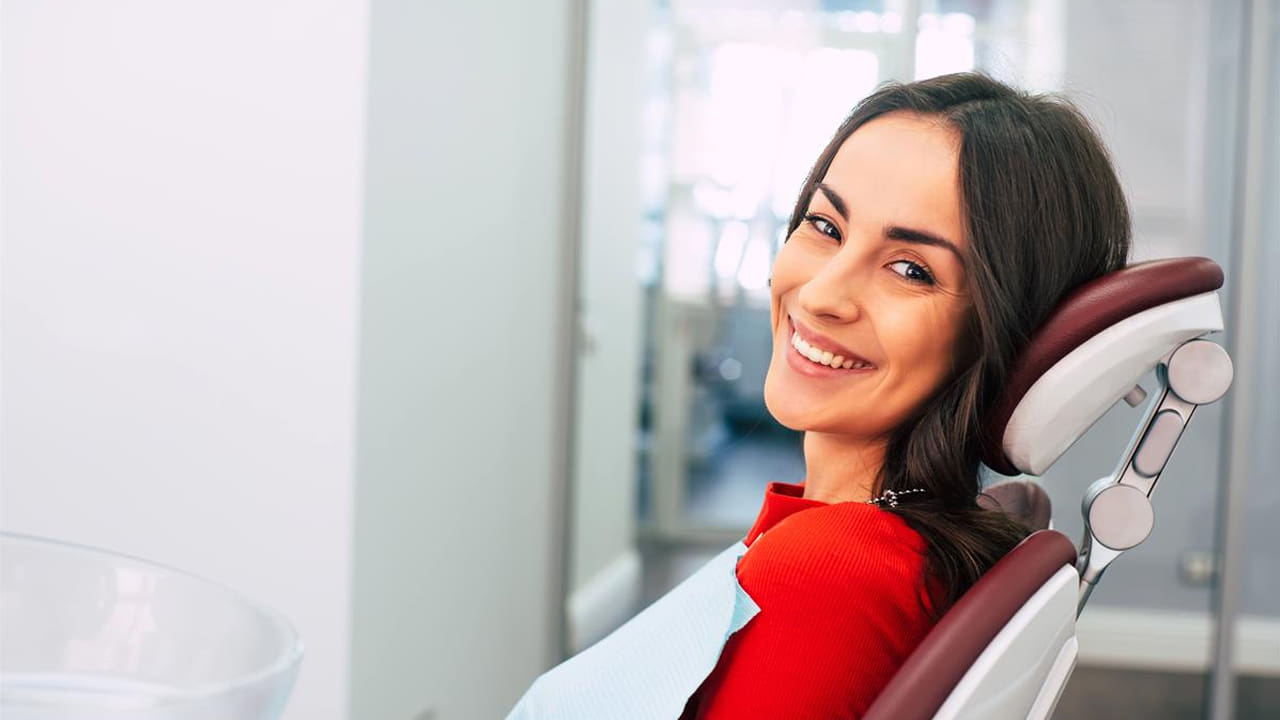Among the most frequently asked questions at varicose vein pain treatment centers are variations on the following:
“Why am I getting varicose vein pain at such a young age? Isn’t that weird?”
“Aren’t I too young to have varicose vein treatment?”
“Shouldn’t I wait until I am older to have laser treatment or sclerotherapy on my veins?”
“I’m only 22 years old! Isn’t that too young to have varicose vein pain treatment?”
If you are asking the same types of questions, you are definitely not alone. Many people assume that only older people get varicose vein pain and that varicose vein treatment is only performed on older people. However, this is far from the truth!
So, What’s the Truth?
It is fairly common for people to get varicose vein pain in their early twenties, especially when varicose veins run in their family. In fact, teenagers often get varicose veins too, although they don’t always notice the symptoms until many years later. Although more rare, varicose veins with symptoms can even occur in children before puberty, less than ten years old. What this actual data shows is that many people are born with an anatomy and physiology that gives them a higher proclivity to develop varicose vein pain, regardless of their lifestyle or how they’re raised as a child.
When younger people get varicose vein pain, their doctor will often advice them (or their parents) to get varicose vein treatment. The idea is to catch it early, ablate the impaired vein(s), and in doing so, prevent additional more extensive damage in connected veins or in different branches of the ablated vein(s). This includes deeper veins where varicosities cannot be seen through the skin but can be seen in the vein clinic with a duplex ultrasound.
What Causes Varicose Veins?
First, you need to know that, barring an injury to a vein, there’s always a strong genetic component to varicose veins when they occur in a young person. Basically, when symptomatic varicose veins develop in a young person, they were born with an anatomy that basically guaranteed they would develop varicose veins at a young age.

Over the years, researchers have debated whether it is an inherent weakness in the vein walls or a problem with the vein valves that contributes more to the early development of varicose veins. While both factors contribute, no doubt, most researchers now think that problems with vein valves play a more dominant role in the development of varicose vein pain in younger people, particularly in the saphenous vein system. The greater saphenous vein, sometimes referred to as the GSV, runs the entire length of the leg and is the largest vein in the body. The “small” saphenous vein is another large vein that joins to it.
Originally, researchers thought that people who developed varicose veins at a young age had weak vein valves which allowed reflux of blood, i.e. backflow of blood, which then caused blood to pool in the veins. Pooling of blood causes veins to enlarge and deform, in bad cases forming sinuous folds. While vein valves can be weak, or even deformed. It wasn’t until the late 1990s that researchers began to figure out that the number of vein valves in the saphenous vein system varied A LOT and this variation occurred from birth.
Varicose Veins in Legs
A careful study in 1999 revealed a very wide variation in the number of vein valves people have. In the greater saphenous vein, researchers found that the number of valves ranged between 3 to l3, with an average of 8 valves! If you can imagine valves dispersed along the vein that runs the entire length of your leg, there’s a big difference between 3 and 13! If you only had three valves, there would be a lot more pressure on each valve to prevent the backflow of blood than there would be if you had 8 or more valves.

So, although your vein doctor may find venous reflux due to weaken saphenous vein valves when doing a duplex ultrasound, it may be due to the extra work each of your valves is having to do if you have a low number of vein valves.
What Type of Anatomy Gives Rise To Earlier Varicose Vein Pain?
In a 2008 study entitled, “An anatomical study of femoral vein valves near the saphenofemoral junction,” researchers found that the terminal and the preterminal vein vales of the greater saphenous vein were MISSING in ten percent of the sixty-three veins they examined! The terminal vein is only 0.5 to 1.5 millimeters from where it connects to the femoral vein. The preterminal vein is 3 to 5 millimeters from this connection. These valves are particularly important because dozens of tributary veins join the saphenous vein in this small area. So, if you are in the ten percent that is missing one or both of these veins, you will be at an even greater risk for needing varicose vein treatment at a relatively young age. Further, you’ll need to go to a top vein clinic that will take the time to do a complete duplex ultrasound scan of those tributary veins and the upper portion of the greater saphenous vein before they recommend a varicose vein treatment plan.
Not all trait variations matter to your overall health. For example, the total number of hairs on a human head, when a person is young, ranges from about 90,000 to 150,000. However, having 90,000 hairs versus 150,000 hairs probably isn’t going to make a difference to your health. However, the number of vein valves you are born within your greater saphenous vein DOES matter and it matters a lot. If you have a low number, your probability of needing varicose vein treatment will be higher, regardless of your lifestyle.
Varicose Veins During Pregnancy
Further, if you are a woman with a low number of vein valves, and you get pregnant, your chance of getting a more severe form of pregnancy-related varicose veins during pregnancy will be greater. The same will be true if you stand in one spot for your work.
Conclusion
So, the best action you can take if varicose veins run in your family is to be vigilant about catching it early. It is not always possible to do this just by examining your legs or waiting for symptoms like edema or pain to show up. It would be better for you to get a duplex ultrasound test at a vein clinic like Metro Vein Centers. The reason we mention this specific vein clinic is they have several vein centers around the country and are recognized as being one of the very best. Another benefit to Metro Vein Centers is you can get a free evaluation just by calling and making an appointment.






